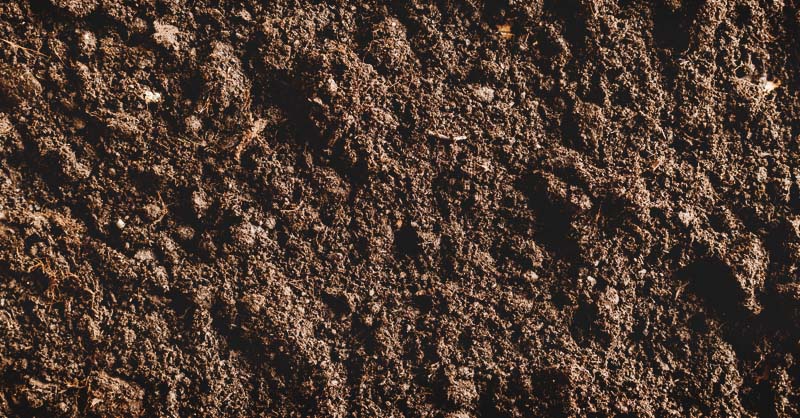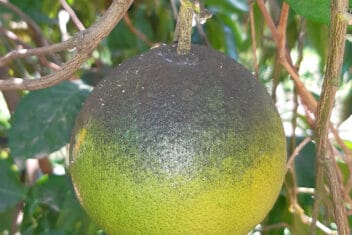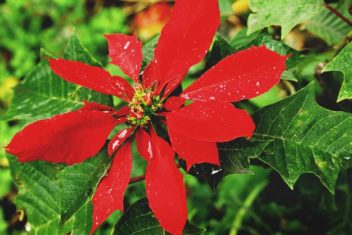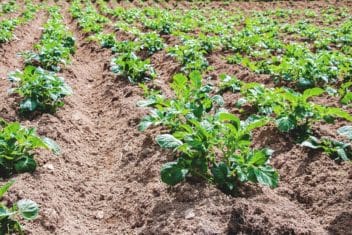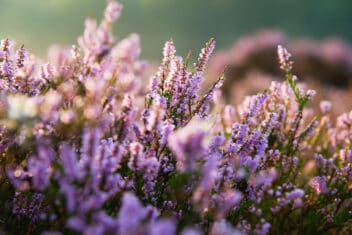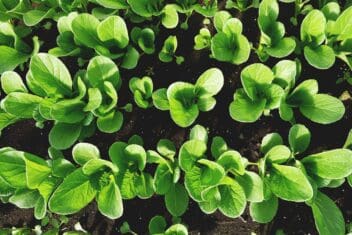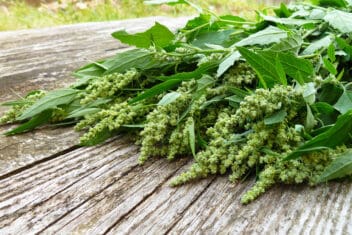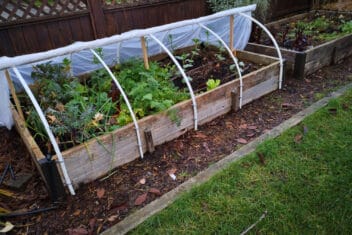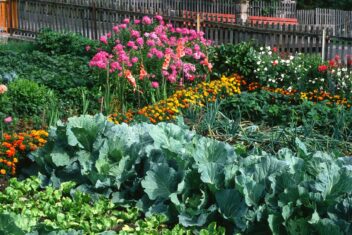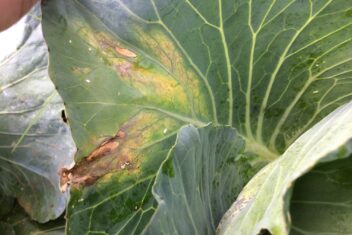Acidic soil can be a challenge in the garden. Some plants love it, and some plants hate it. If your soil’s pH is too low, your plants will struggle to survive. Acidic soil doesn’t have to be a death sentence, though. It’s possible to adjust the pH of your soil, though that may not always be the best solution.
The last time I thought about the pH of anything was back in chemistry class. I didn’t really enjoy laboratory work, but I did like playing with pH strips. I think it’s fascinating that something can have a characteristic without us even knowing about it.
If you head outside right now and look at the soil in your garden, you wouldn’t have a clue what the pH is. You could stare at it for hours, and that wouldn’t change. Why does it matter whether we know the soil of our pH or not? What does pH have to do with gardening anyhow? Who cares if all that dirt is acidic or alkaline?
Keep reading to find out about soil pH, why it matters, and what to do if your soil is too acidic.
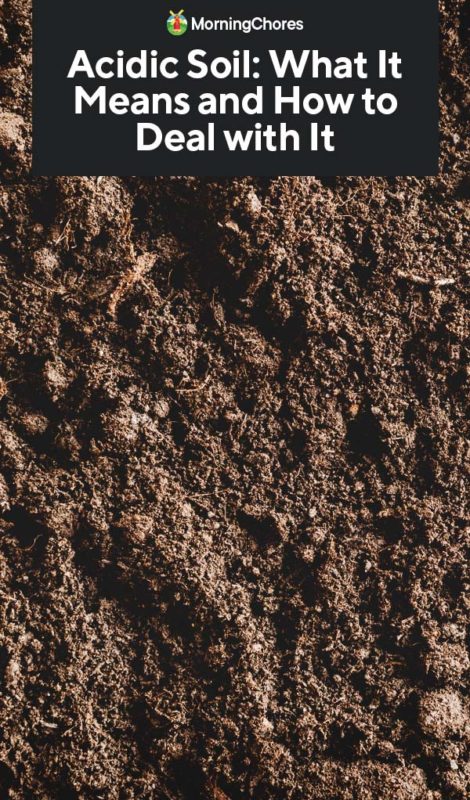
A Little Bit About Soil pH
When you measure the pH of something, you find out whether it is alkaline (basic) or acidic. PH is measured on a scale from 0 to 14. A neutral pH sits at 7. A pH of more than 7 is alkaline, and one that’s lower than 7 is acidic. Most garden plants prefer a happy medium and enjoy soil with a pH that’s slightly acidic to neutral. If your soil is too acidic (or too alkaline), you may run into problems, however.
Why Does the pH Matter?
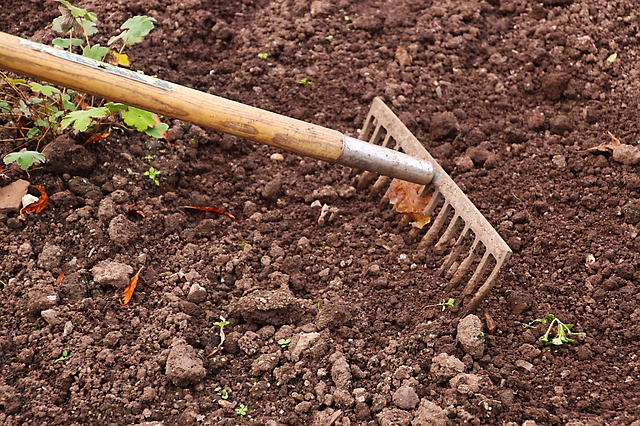
The pH level of your soil is important because outside of a specific range, plants may not be able to absorb certain nutrients. You may have plenty of nitrogen, potassium, and phosphorous in your soil, but if your plants are sitting in soil with less-than-ideal pH value, they won’t be able to get access to what the need, even if it’s there in the soil.
If there’s enough available NPK, but the pH is off, your plants may not be able to access the food they need to thrive. Adding fertilizer, in this case, won’t help and may even contaminate your soil. Not to mention, you’d be wasting money adding unnecessary fertilizer.
That means if your vegetables or flowers are planted in soil that has the wrong pH for their needs, you may end up with plants that are nutrient deficient despite your best efforts.
While alkaline soil may cause your plants to gorge on available nutrients, soil that’s too acidic does the opposite and blocks nutrient uptake.
What is Acidic Soil?

Soil is acidic when it’s pH value is below 7. Some plants actually prefer slightly acidic soil, but extremes (on either end of the pH scale) are bad news for your plants. Here’s how your soil may become more acidic:
- Planting specific crops: Some plants (e.g., beans) don’t just fix nitrogen, they may also acidify your soil.
- Rainfall: Periods of heavy rain can affect pH levels by increasing acidity.
- Over-fertilization: Add too much fertilizer, and you risk creating an environment that’s overly acidic and inhospitable for your plants.
- Bad crop rotation practices can also mess with the pH of your soil (and introduce a host of other problems in your garden!).
- Poor drainage, over-watering, and waterlogging: similar to rainfall, these may also increase the acidity of your soil.
Is Acidic Soil Bad?
Not necessarily! As mentioned, certain plants like a bit of acidity. But typically, if your soil pH is below 5.5, many plants won’t have a good time. Plants aren’t able to survive highly acidic soil for long.
If your soil is overly acidic, plants can have a hard time getting access to nutrients and water. Highly acidic soil can also harm the health of your soil since many microorganisms can’t survive.
If you test your soil and discover that the pH is way too low, you can raise it by adding lime. Depending on the type of soil in question, you may need to add more or less lime. Sandy soils, for instance, will require less lime than thick, clay soils.
Here are some of the things you can purchase to help you decrease the acidity of your soil:
- Limestone
- Sugar beet lime
- Wood ash
- Dolomitic lime
How to Test Soil pH

It’s critical to test your soil each year. You may notice something is off in your garden, but don’t jump to the conclusion that your plants are missing a vital nutrient.
TEST YOUR SOIL FIRST.
I’m a broken record. I say this again and again, but it’s worth screaming about it because I’ve ignored this advice in the past and regretted it.
Don’t assume you know what the problem is. Unless you have a superpower that allows you to determine the composition of your soil merely by looking at it (what a cool power that would be!), perform a soil test. You may think you have a pH issue and find out there’s nothing wrong with your soil. A sneaky pest or disease may be the culprit. You won’t know if you don’t test.
I highly recommend at-home testing kits. You can buy them online, and they’re relatively cheap. Most kits contain enough testing materials so that you can perform multiple tests. You may also be able to send soil samples to a lab (check if there’s an extension service in your area that provides this service), but sometimes that’s a pricier endeavor. At home, kits are less of a headache, but human error is always a possibility.
At-home kits typically include multiple containers and color comparator strips. You’ll get strips to test the pH and some for testing the NPK values of your soil.
Another option is a pH meter. This is a handheld device that you stick into the ground. It usually also measures moisture and light levels. They’re cheap, easy to use, but the readings aren’t always accurate. You will, however, get a general idea of your soil’s pH.
Can I Tell If My Soil Is Acidic by Looking at It?
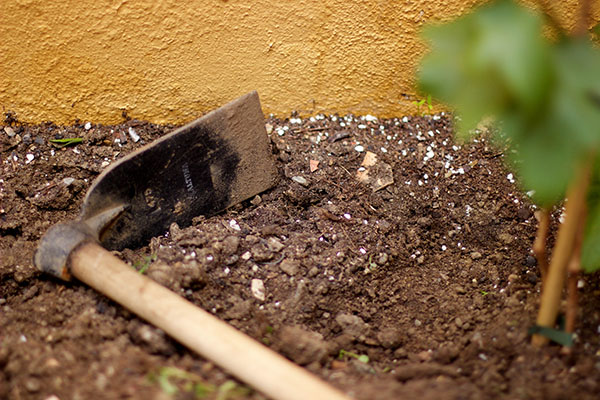
Nope. Without a pH test, you won’t ever know for sure. Play guessing games all you want, but there’s genuinely no way to tell without a test.
If adding fertilizer isn’t giving you the results you want and you’re still seeing signs of a nutrient deficiency, it may be a pH issue, but it may also be several other problems. Not to mention, you wouldn’t be able to tell whether the pH was too acidic or too alkaline.
I’ve been gardening for years, and I know that it’s tempting to try to play detective on your own. But sometimes you can gather up all the clues and still be left scratching your head.
Which Plants Prefer Acidic Soil?

Many garden plants like a relatively neutral soil pH. A neutral pH is somewhere about 7.0. There are, however, plants that can also tolerate a slightly acidic soil pH.
Knowing the pH needs of plants is useful because it will allow you to plant them according to their preference. Is there an area in your garden with acidic soil? You can place the correct plants in that area and keep away plants that won’t thrive in those conditions.
Here are a few plants that like their soil to be slightly acidic:
- Many types of berries (blueberries, blackberries, etc.)
- Potatoes
- Zinnias
- Some types of squash
- Tomatoes
- Azaleas
There are plenty of other plants that like slightly acidic soil. If you’re not sure about the pH needs for a plant, do a quick internet search or read the seed packet or plant label.
If I Fix the Problem, Do I Have to Worry About it Again?
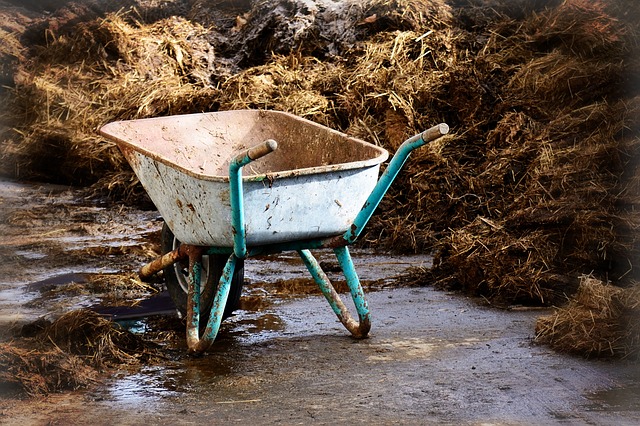
The pH of your soil may change over time, depending on what happens in your garden. A lot of rain, crop rotation mistakes, and different crops may affect the soil’s pH. Even if you don’t fertilize or amend your soil, the pH can be affected by outside factors.
It’s best to get a yearly soil test to keep track of the condition of your soil. You’ll know whether you need to deal with a nutrient deficiency or if the pH is less than ideal.
Remember that adjusting soil pH is not an easy task. There’s no quick fix to remedy overly-acidic soil. Amendments can help, but you may also need to adjust your plans for what you intend to plant in a particular space.
Instead of taking on the tedious task of increasing or lowering soil pH over time, opt for planting in raised beds. In raised beds, you can add your own ideal soil mix and avoid the problems that come with using soil that’s too acidic.
Have you ever had to deal with soil that was too acidic for planting? How did you deal with the problem? Let us know in the comments!

